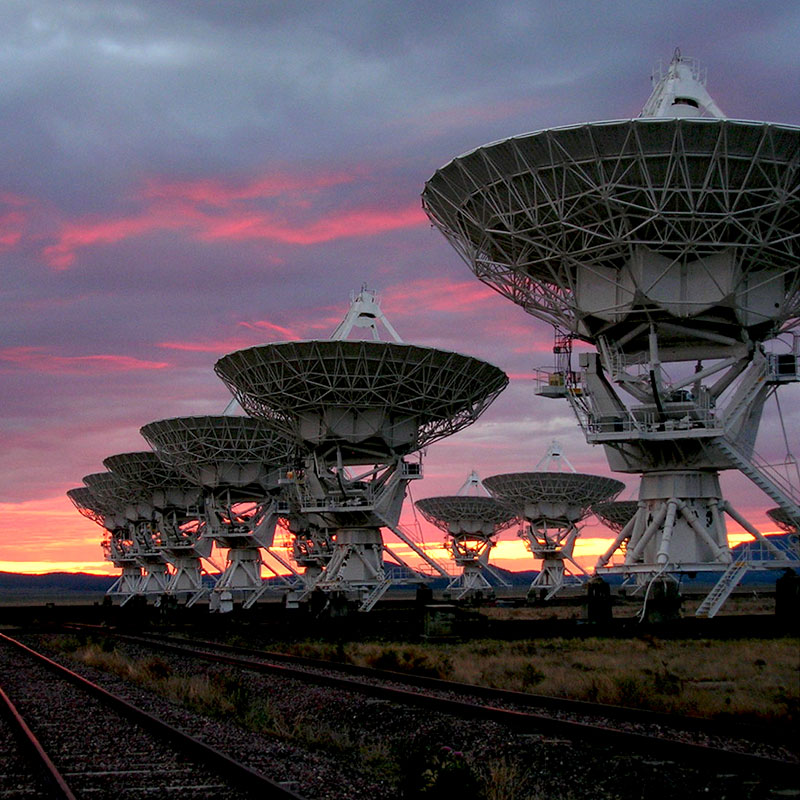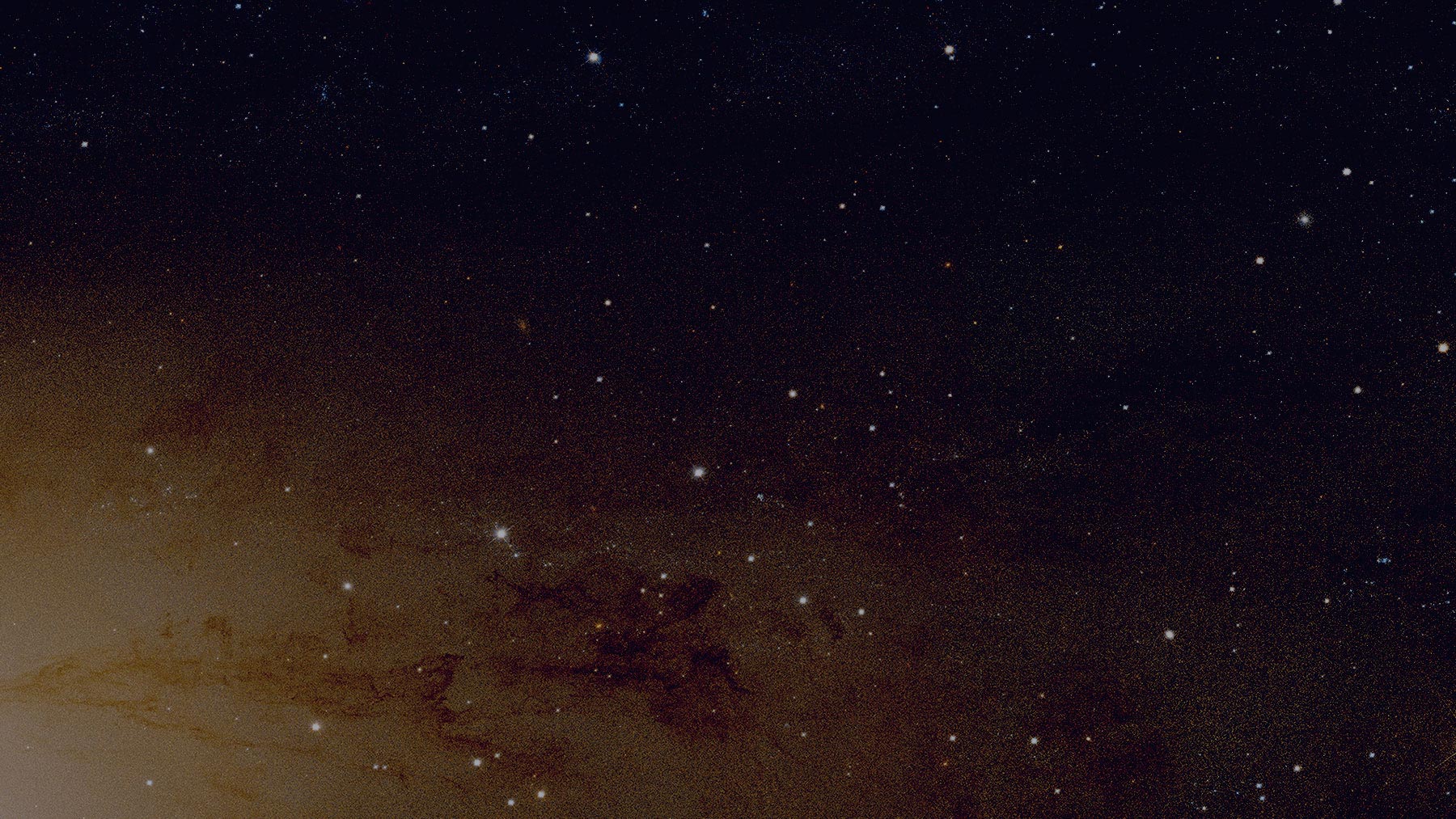

The Penn State
Extraterrestrial Intelligence Center
PSETI Center
The Search for Extraterrestrial Intelligence (SETI) stands among the most profound and inspirational quests ever pursued by humanity. Could ours be the only technologically capable species within the entire Milky Way Galaxy?
A group of scientists, entrepreneurs, and educators have come together to create the PSETI Center in order to endow a research center that will provide reliable funding for SETI for the long term.
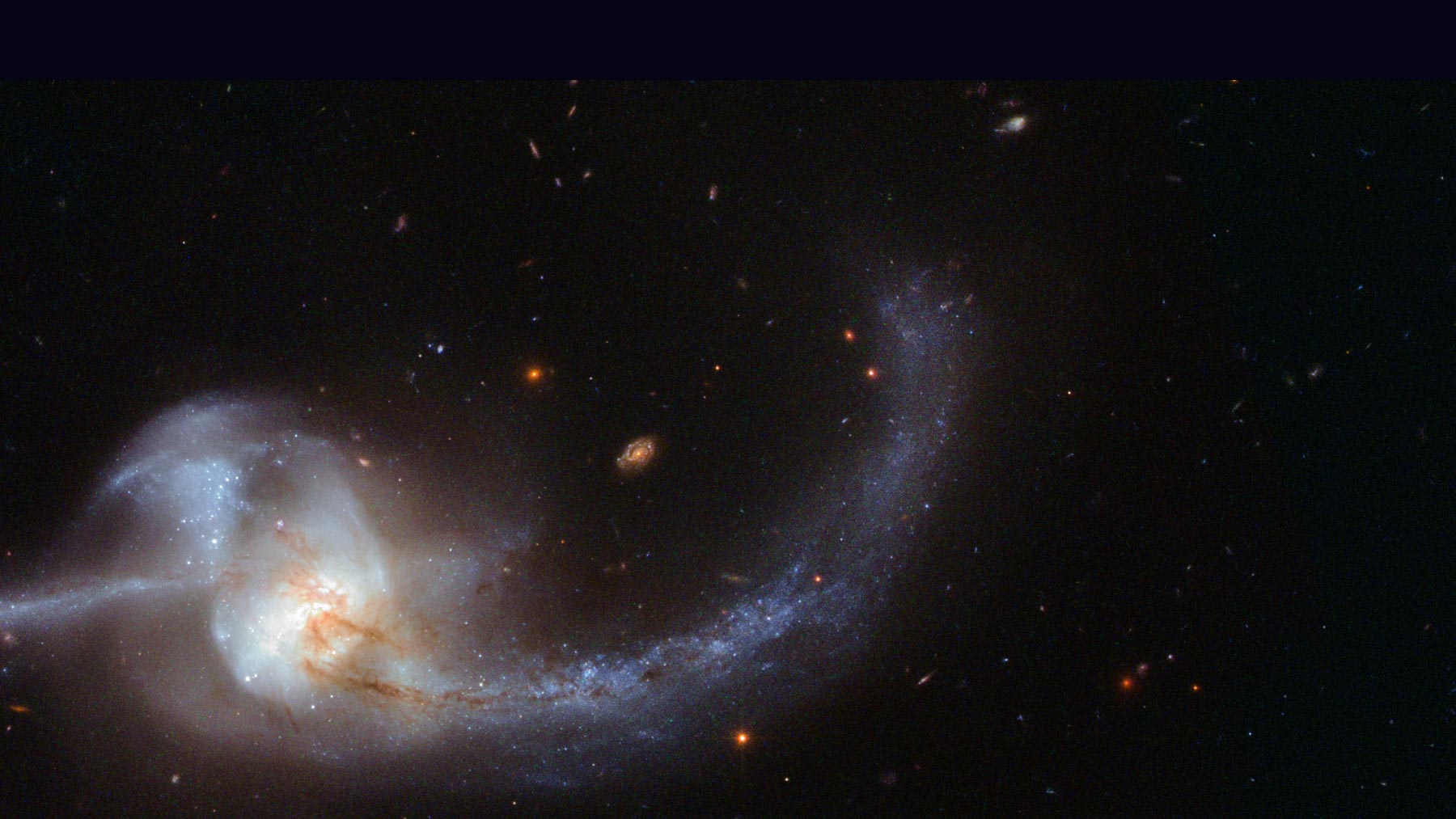
Now is the Time
New discoveries from the Kepler space telescope indicate that half of all stars may harbor Earth sized planets, many within their star’s habitable zone.
Exponential advances in computing technology and telescope design, combined with imaginative search strategies, could lead to vastly more powerful and effective SETI experiments than have been possible in the past—if only reliable, longer-term funding were available.
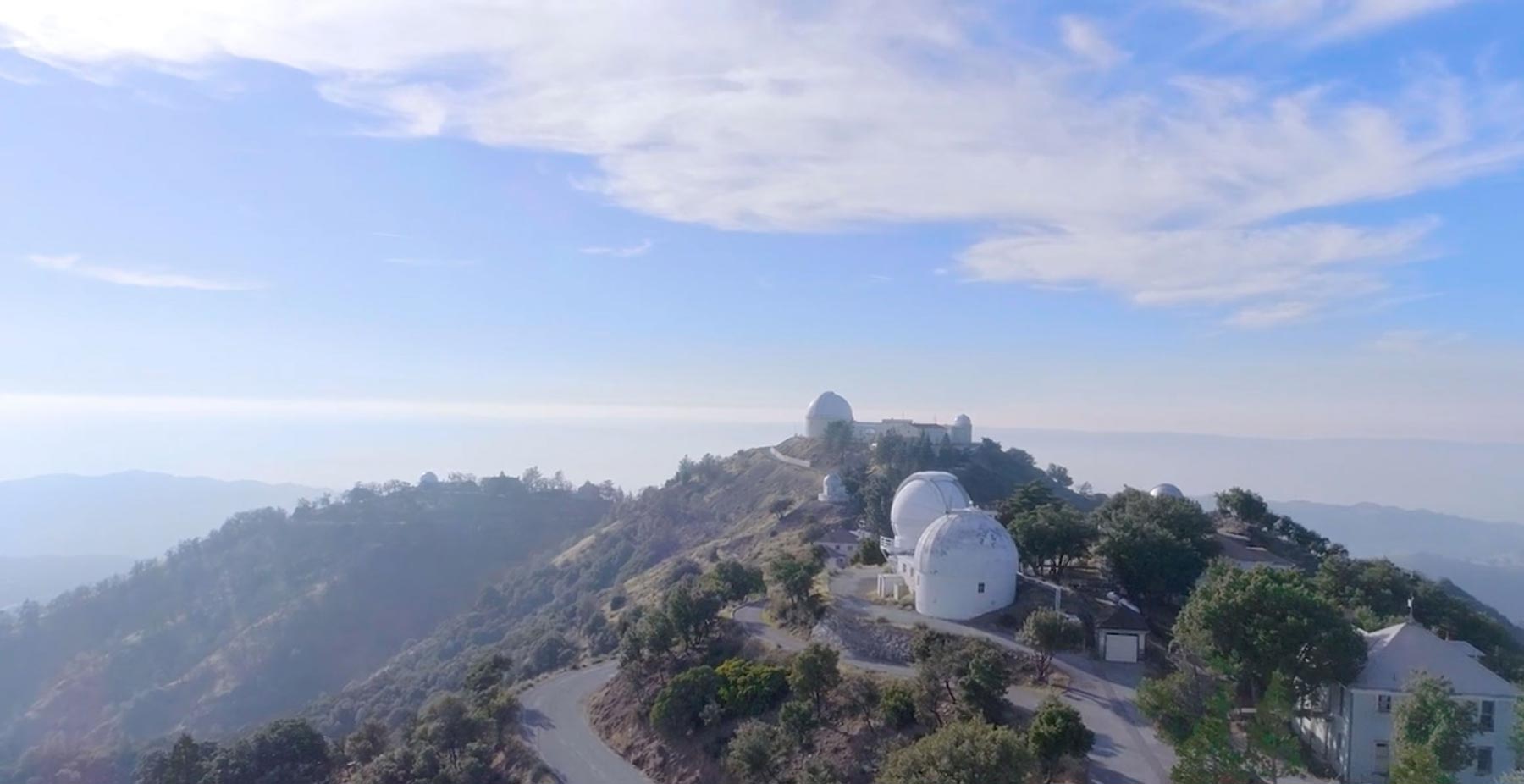
The Center Strategy
Drawing on Penn State’s existing expertise and infrastructure, the PSETI Center provides the administrative framework and, most crucially, the significant endowed funding needed to elevate SETI research activities to an entirely new level by:
Creating a world-class SETI research program
Training the next generation of SETI researchers
Initiating a competitive grants program
Coordinating conferences and symposia
Establishing a permanent worldwide SETI congress
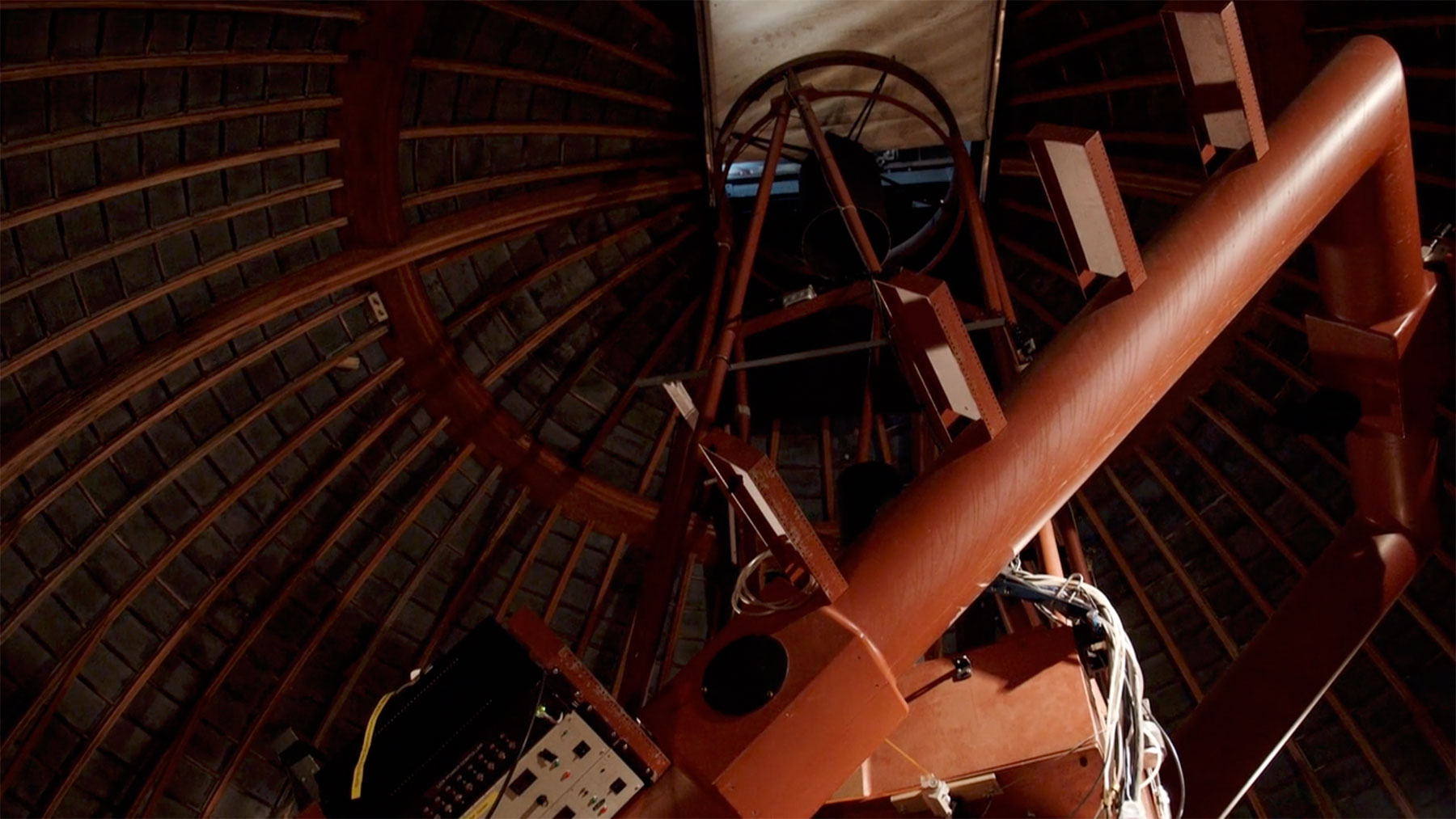

Why Penn State?
Penn State is a natural hub for SETI research that can embrace the full range of modern SETI approaches. It offers the breadth and interdisciplinary nature that are a necessary foundation for SETI research, and a deep heritage and leading departments in SETI’s component disciplines.
Department of Astronomy & Astrophysics
Center for Exoplanets and Habitable Worlds
Astrobiology Research Center
Institute for CyberScience
Astrophysical Multimessenger Observatory Network
Center for Astrostatistics
Advisory Board
-
Eric Barron

Eric Barron is the president of Penn State. He has previously served as president of Florida State University, dean of the College of Earth and Mineral Sciences at Penn State, founding director of the Earth System Science Center, director of the National Center for Atmospheric Research, and dean of Jackson School of Geosciences at University of Texas, Austin.
-
Natalie Batalha
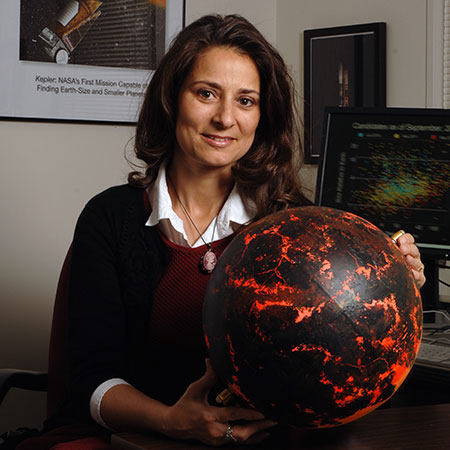
Natalie Batalha is the former Mission Scientist for NASA’s Kepler Mission, the first mission capable of finding Earth-size planets around other stars. In 2017 she was named one of Time magazine’s “100 Most Influential People in the World.”
-
David Brin
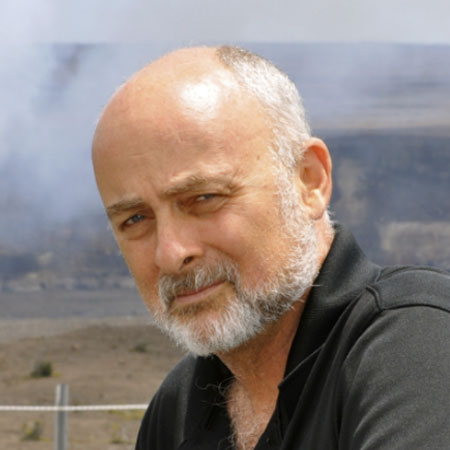
David Brin is a scientist and futurist and the best-selling author of several books, including Earth and The Postman. He is an external advisor to NASA’s Innovative and Advanced Concepts (NAIC) group, a transparency/internet security expert, a public speaker, and a business/governmental consultant. David has a Ph.D. in physics from the University of California, San Diego.
-
Doug Cavener
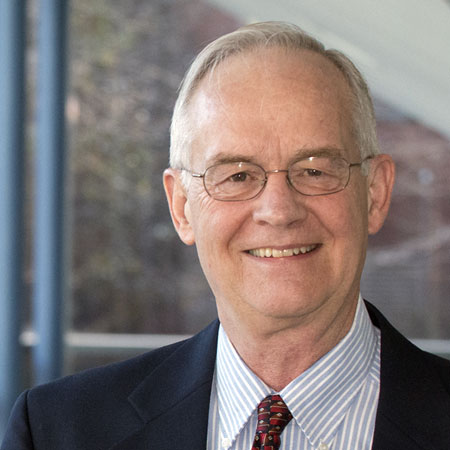
Doug Cavener is internationally recognized for his research in molecular biology, genetics, and evolutionary biology. He is the Verne M. Willaman Dean of the Eberly College of Science at Penn State.
John Gertz

John Gertz is the President and CEO of Zorro Productions, Inc., the former SETI Institute Chair, and President of the Board Foundation for Investment in Research of SETI Science and Technology (FIRSST).
Andrew Howard

Dr. Howard is a Professor of Astronomy at Caltech, and holds one of the only PhDs ever awarded for SETI-related work. Howard’s research groups at UC Berkeley and the University of Hawaii determined the value of the “fraction of stars with Earth-like planets” term in the Drake Equation.
Jennifer Macalady

Jennifer Macalady, an Associate Professor of Geosciences at Penn State who studies the origins and diversity of life, has served on three separate NASA Astrobiology Institute teams. A geomicrobiologist, she explores and sequences the genomes of present-day analogs of ancient microbial life in an astrobiological context.
Steinn Sigurdsson
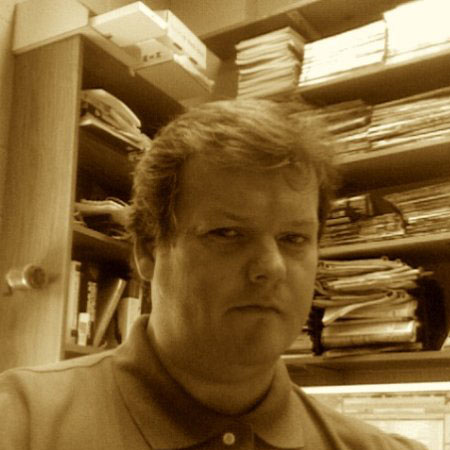
Steinn Sigurdsson is a Professor of Astronomy and Astrophysics at Penn State. He is also the Science Director of arXiv, a Science Editor of The Astrophysical Journal, and trustee for the Aspen Center for Physics.
George Smoot

George Smoot is an astrophysicist and cosmologist. He is a Nobel Laureate known for his co-discovery, using the COBE space telescope, of the afterglow of the Big Bang. Dr. Smoot is a Professor of Physics at University of California, Berkeley.
Alex Wolszczan

Professor Alex Wolszczan is a distinguished radio astronomer, having won the American Astronomical Society TInsley Prize for a career of exceptionally creative research, and the Commander’s Cross of the Order of Polonia Rustituta for outstanding contributions to Polish science. He is best known for discovering the first planets known outside the solar system, and his pioneering work on understanding pulsars.
Jason Wright

Jason Wright is a Professor of Astronomy and Astrophysics at Penn State who studies nearby stars and their planets, in addition to SETI. NPR commentator and astrobiologist Adam Frank has written that he “represents the tip of the spear of a new generation” of SETI researchers, having led two major SETI initiatives and written over a dozen papers on the topic in the past three years. He spent his 2016/7 sabbatical as the first Visiting Scientist at the UC Berkeley Breakthrough Listen SETI laboratory.
Shelley Wright

Shelley Wright is an Associate Professor of Physics at the University of California San Diego. Dr. Wright is an observational and experimental astrophysicist who also designs and builds advanced astronomical instrumentation. She is the Project Scientist for the first light instrument IRIS for the Thirty Meter Telescope project, and builds and operates experiments searching for pulsed optical and near-infrared laser communication from extraterrestrial technologies.

Contact Us
